Yes, there are several species of moths that can be mistaken for Monarch butterflies due to their similar coloration and patterns. This phenomenon, where two or more species share similar warning signals, is known as Müllerian mimicry.
Here are some examples:
Viceroy Moth (Limenitis archippus)
Although technically a butterfly and not a moth, the Viceroy is worth mentioning because it’s often mistaken for a Monarch. It shares the same bright orange color and black vein-like patterns. The easiest way to tell them apart is the black line that crosses the postmedian hindwings of the Viceroy, which Monarchs do not have.
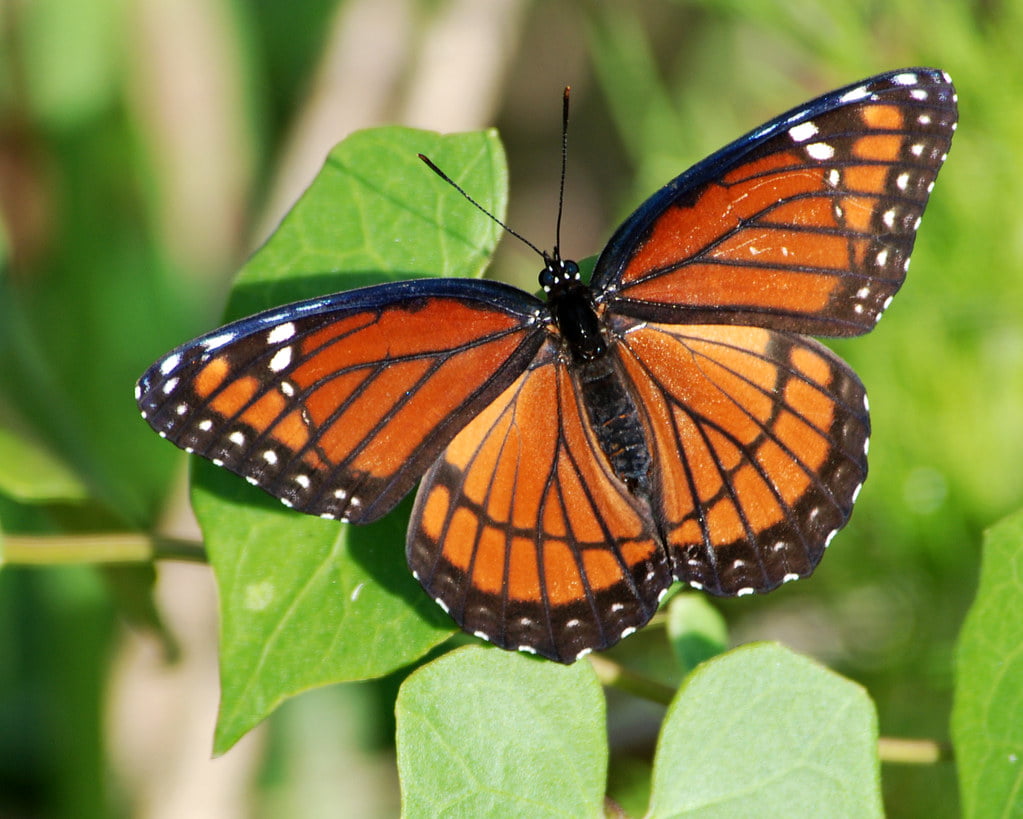
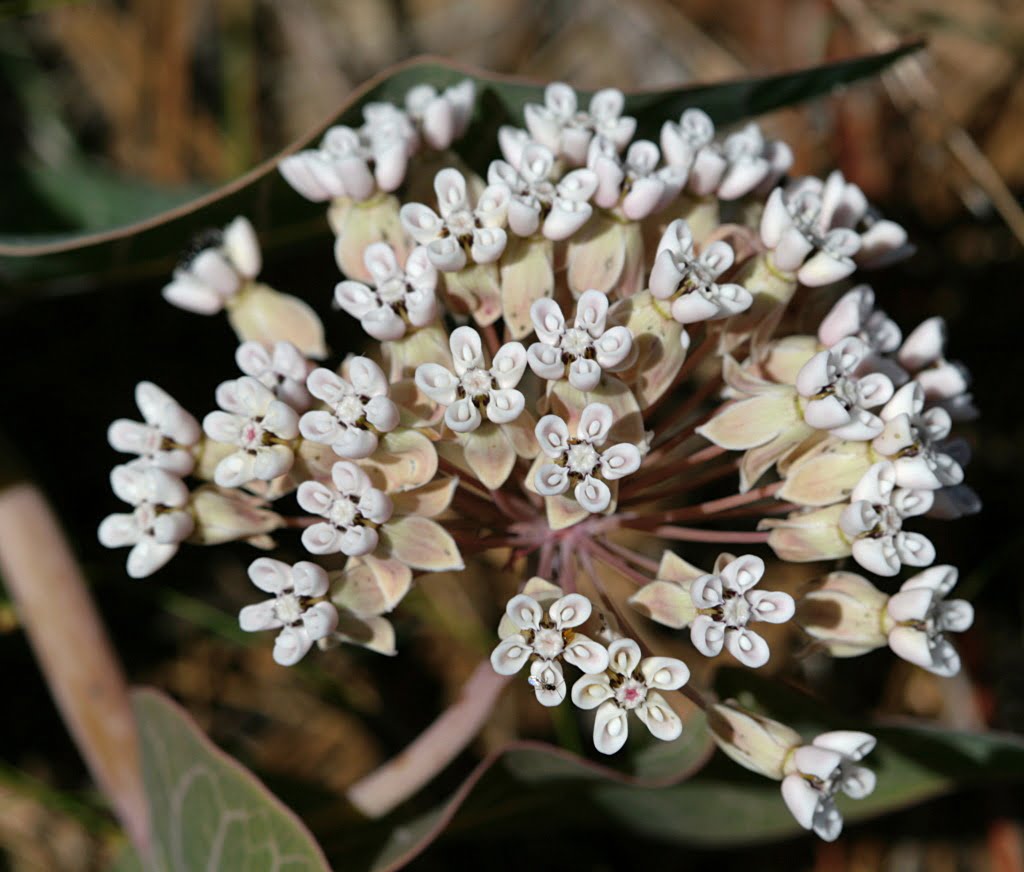
10 Sandhill Milkweed Seeds Ascslepias Humistrata Pinewood Milkweed Florida-Native
With Johnny Butterflyseed’s Sandhill Milkweed seeds, you’re not just planting flowers; you’re cultivating a living mosaic of nature’s marvels. 10+ Florida Native seeds.
The Scarlet Tiger Moth (Callimorpha dominula)
This moth species found in Europe and Asia Minor has bright, bold coloring that can initially appear similar to the Monarch’s, with a striking pattern of orange, white, and black.
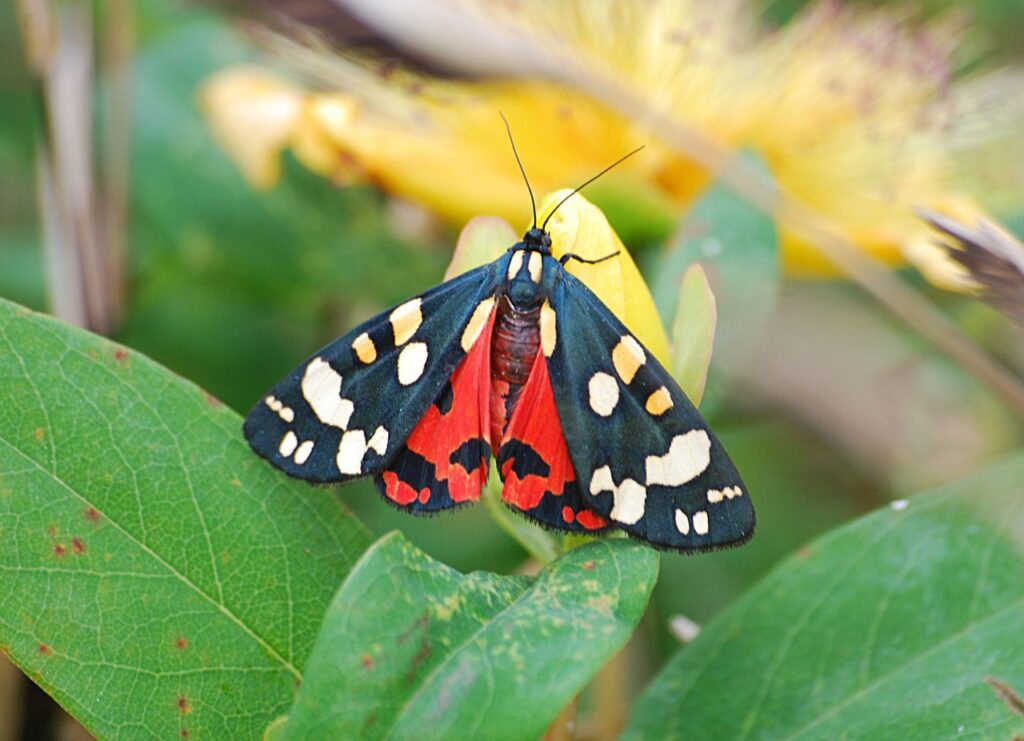
Garden Tiger Moth (Arctia caja)
It is a widely distributed species found in North America, Europe, and Asia. While not identical to Monarchs, Garden Tiger Moths have bright orange-red hindwings with black spots which can be seen when they spread their wings, which could be mistaken for a Monarch in a fleeting glance.
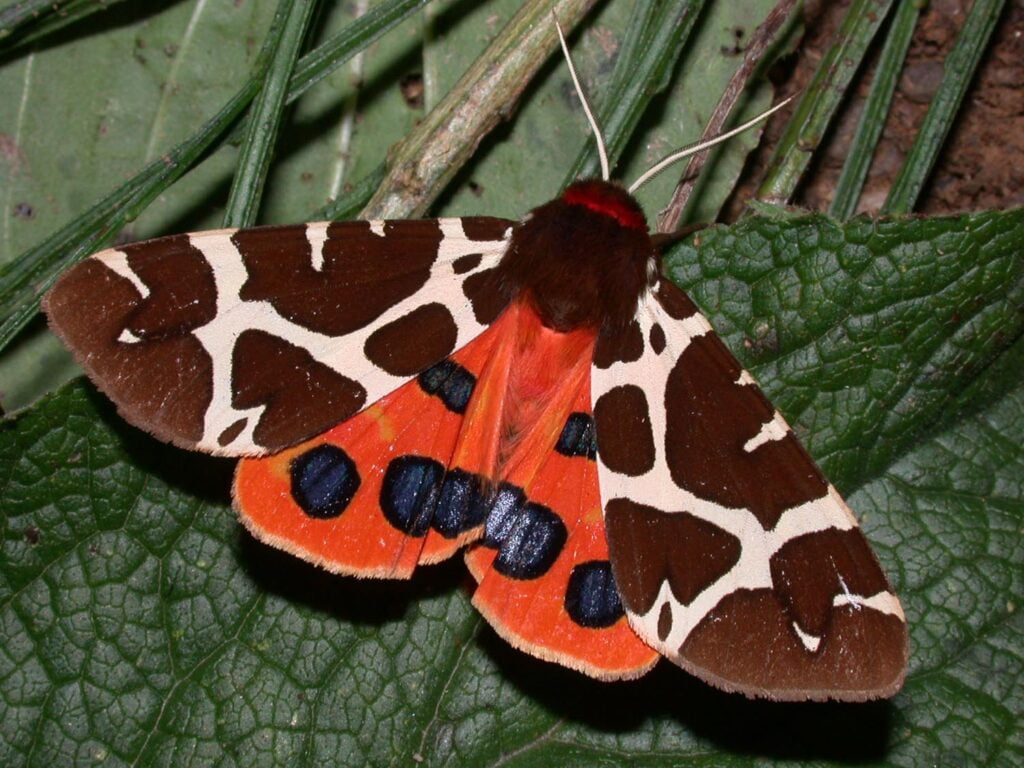
The Painted Tiger Moth (Arachnis picta)
This species is native to the western parts of North America. The forewings are cream or white with black blotches while the hindwings are orange with black spots, which could be reminiscent of a Monarch butterfly.
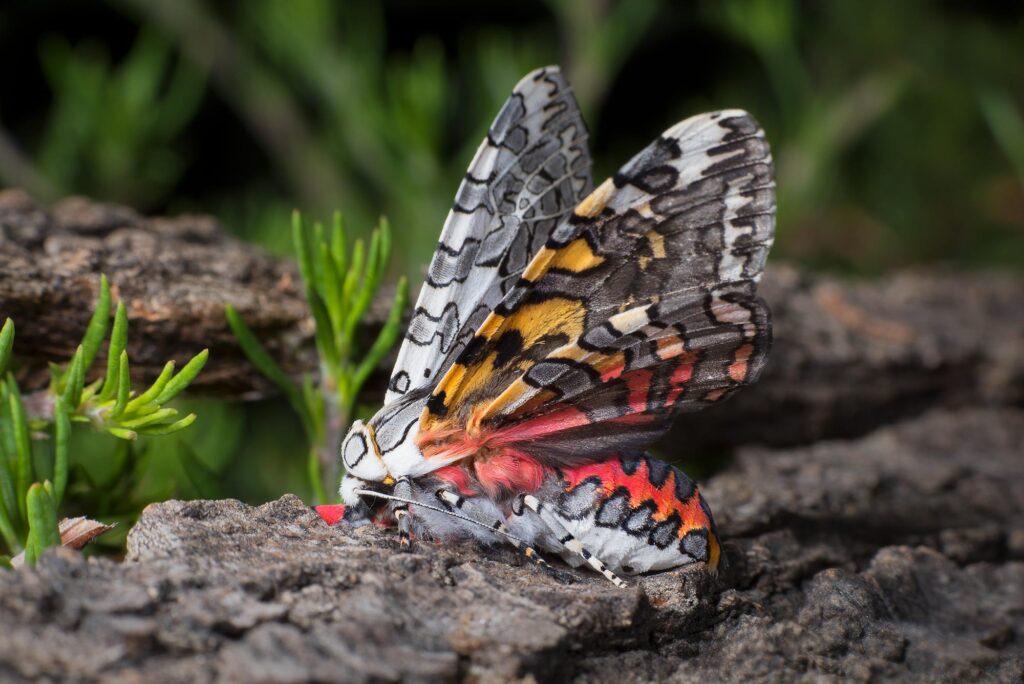
Isabella Tiger Moth (Pyrrharctia Isabella)
The adult moths have peachy orange wings with scattered black spots. Their color can remind one of a Monarch, although the patterning is quite different.
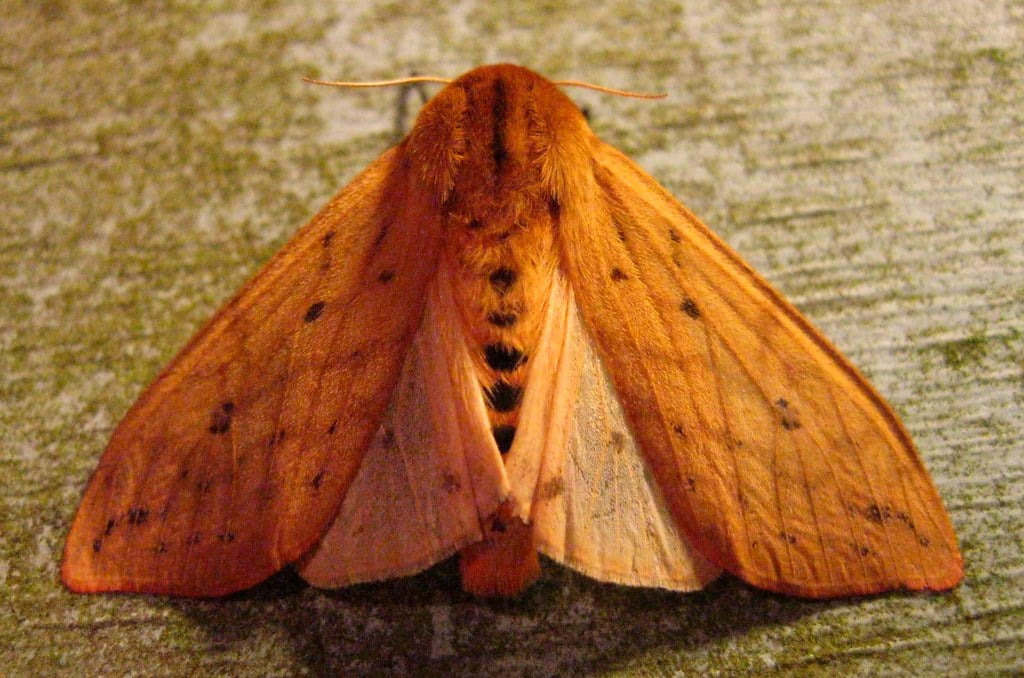
Moths and butterflies, while both belonging to the order Lepidoptera, have different characteristics. For instance, when resting, butterflies typically fold their wings back, while most moths spread theirs out flat. Butterflies generally are active during the day (diurnal), while many moths are nocturnal. The antennae of butterflies are usually thin with a slight club at the end, while moth antennae are often feathery or saw-edged.

The Adventures of Johnny Butterflyseed – Author Signed First Edition Children’s Book
Save the monarchs!
Johnny Butterflyseed and his fairy friend, Raven Silverwing, embark on a mission to save the rapidly disappearing butterflies. They enlist the help of Queen Venus Goldwing and her kingdom of monarchs to educate and inspire kids to become butterfly farmers. At first, Johnny faces his own internal struggle with self-doubt and fear in his ability to make a difference, but then soon develops a mindset that allows him to not only get started, but also make progress one day at a time. Through challenge after challenge, Johnny learns that he is not alone in his mission and that there are many people who want to help. Together, Johnny, Raven, and Queen Venus educate thousands of children on becoming butterfly farmers.
